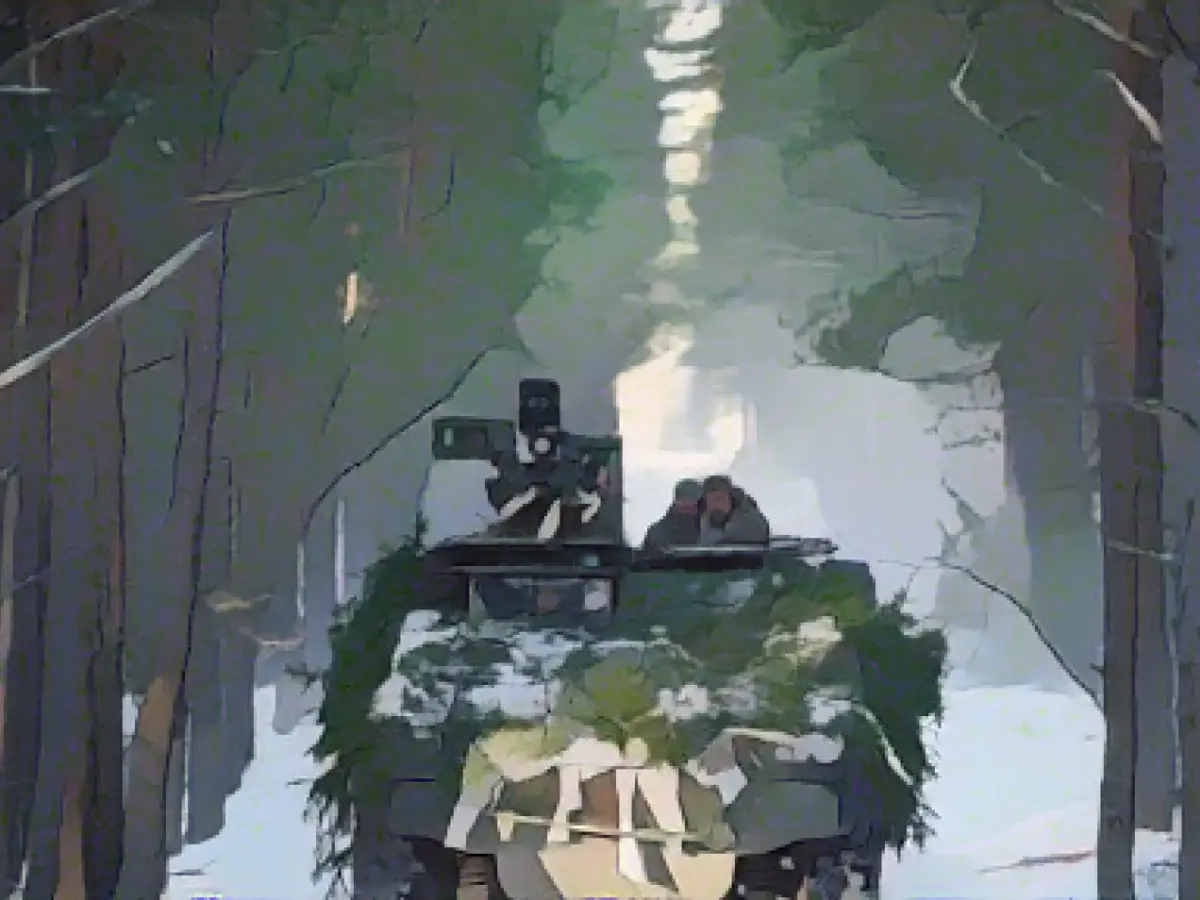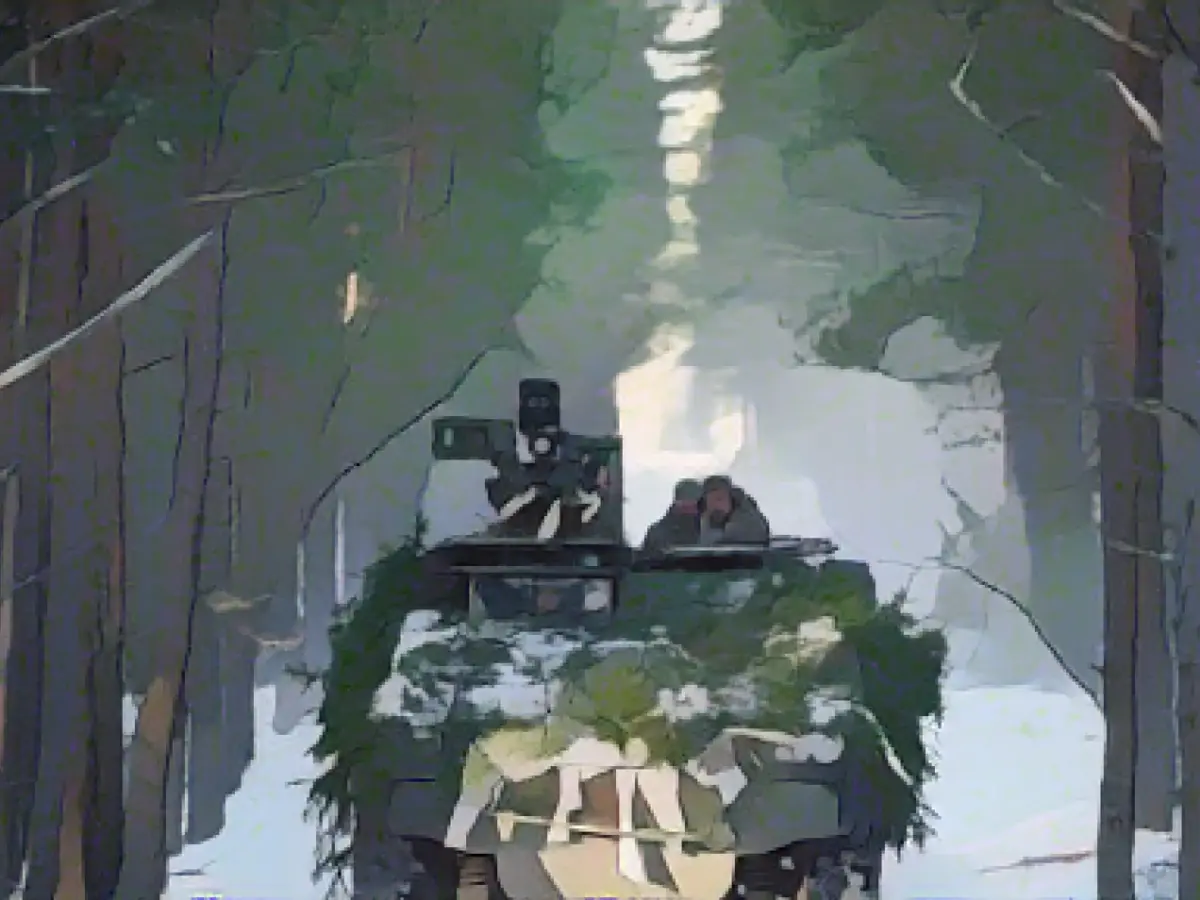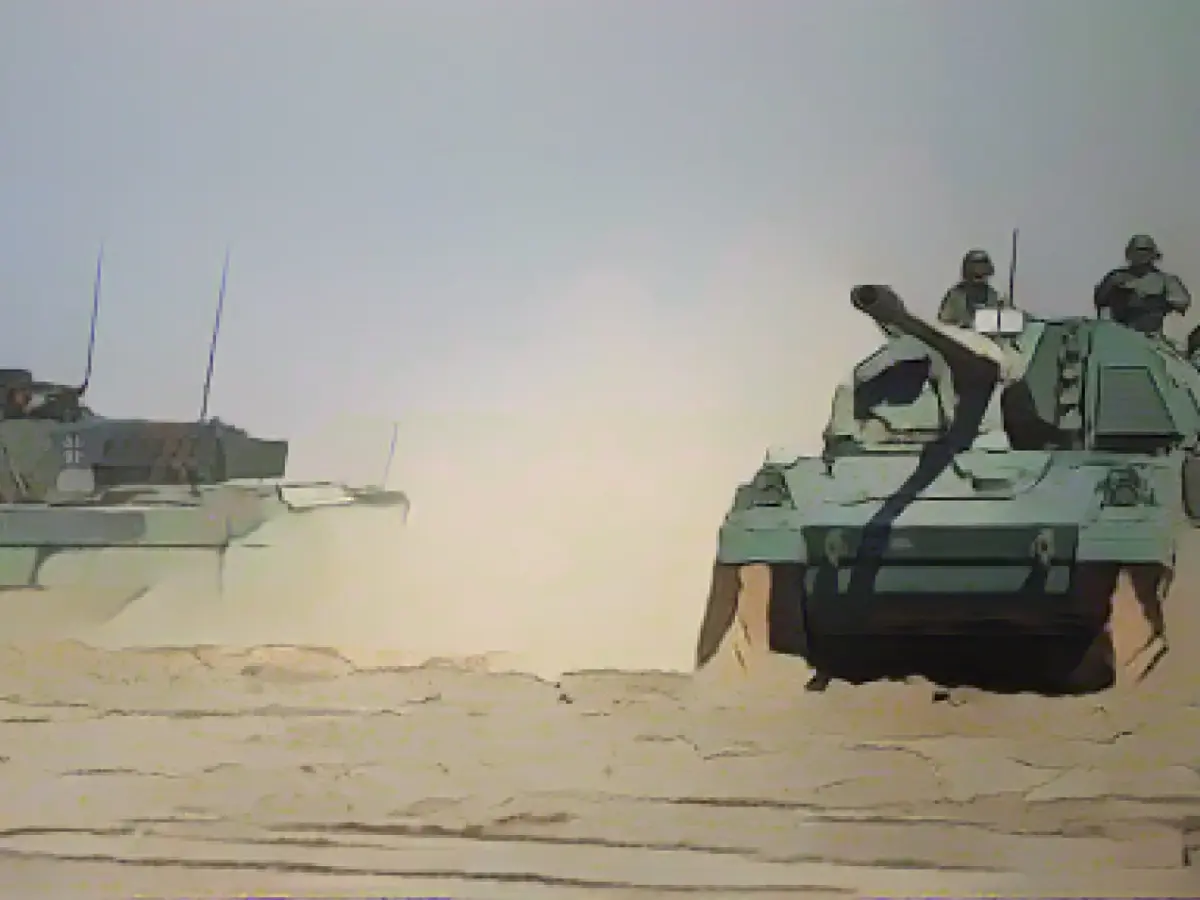Germany and Lithuania aim to have a fully operational German combat brigade within the Lithuanian borders by 2027. Defense Minister Boris Pistorius agreed with his Lithuanian counterpart Arvydas Anusauskas in Vilnius that extensive infrastructure should be built in Rudninkai near the capital and Rukla near Kaunas. The German brigade will be equipped with barracks, living quarters, and healthcare facilities in accordance with Bundeswehr requirements.
The mobilization of German troops in Lithuania is motivated by the country's border with Belarus, a Belarusian-Russian ally, and the Russian Baltic Sea enclave of Kaliningrad. The threat of conflict in the so-called Suwalki Gap, a narrow land corridor connecting the two regions, has prompted Lithuanians to seek a sense of reassurance through Germany's commitment to their security.
In their roadmap, both ministers reaffirmed their commitment to protect each other and defend NATO territory under Article 5 of the Washington Treaty. The aggressive actions of Russia against Ukraine have heightened the urgency for strengthened military presence in NATO's eastern flank.
The German defense force pledged to deploy around 5,000 soldiers in Lithuania, enhancing the capabilities of the country's multinational NATO battle group, which is currently under German command. The brigade will consist of two combat battalions from Bavaria and North Rhine-Westphalia, as well as rotating personnel from various administrative and logistical units.
Germany and Lithuania have agreed to facilitate the relocation of Bundeswehr families, ensuring their accommodation, healthcare, and educational needs are addressed. While soldiers will primarily rely on existing local and international facilities in the short term, the long-term objective is to establish Bundeswehr schools and German-language childcare facilities.
Throughout this process, the goal is to support the war-readiness and operational readiness of the German combat brigade in Lithuania by 2027. This strengthens NATO's eastern flank and solidifies democratic stability in the region.
Source:
Enrichment Data:
The development of infrastructure for the German combat brigade in Lithuania involves several significant projects:
- Rūdninkai Military Town:
- Covering an area of 170 hectares, this project includes 120 buildings totaling 335,000 square meters and a total investment of approximately €1.56 billion.
- The development will provide residential, administrative, sports, storage, and technical facilities, as well as helicopter pads and over 300,000 square meters of military grounds.
- Kairiai Military Town:
- Smaller in size, covering 80 hectares and housing approximately 1,500 soldiers, this project will focus on residential, administrative, sports, storage, and technical facilities.
- The total investment is estimated at €454 million, with expected payments to the private partner reaching €694 million.
The infrastructure development supports NATO's strategy of enhancing its presence on eastern flank, deterring potential Russian aggression, and maintaining stability in the region. The permanent German brigade deployment by 2027 is in line with Germany's commitment to NATO's deterrence policy.






